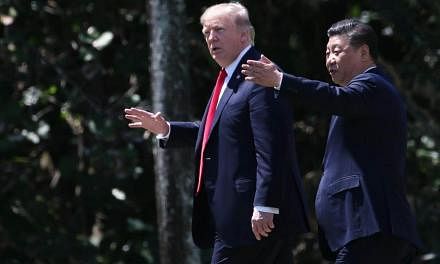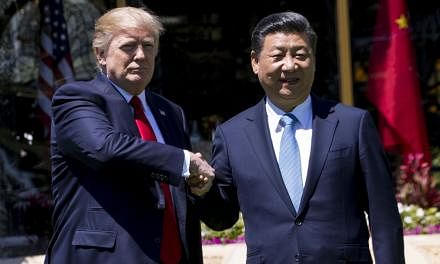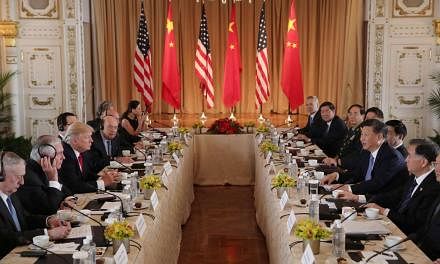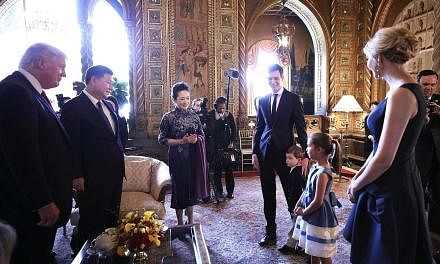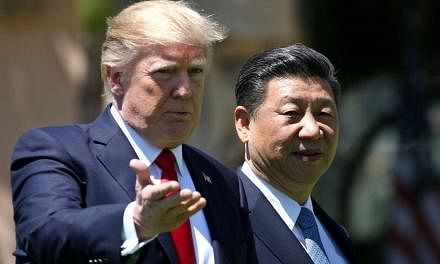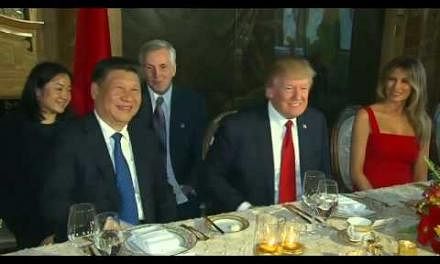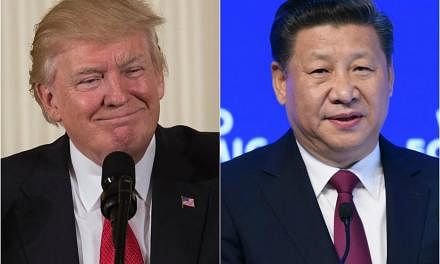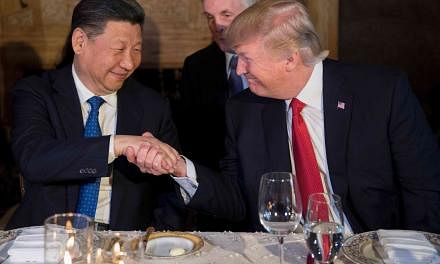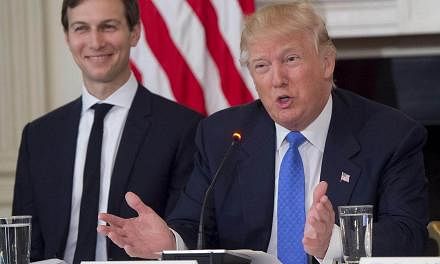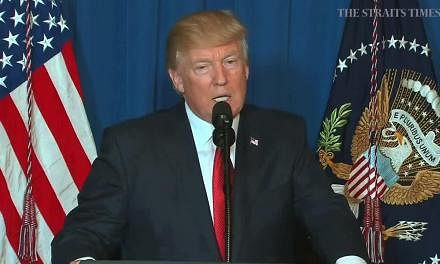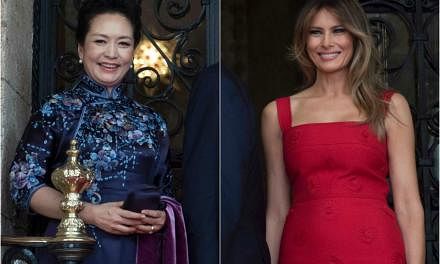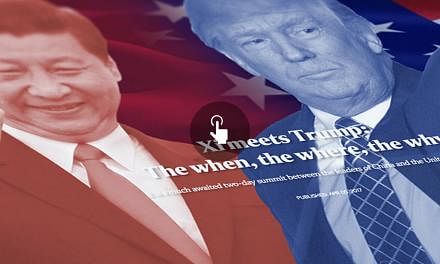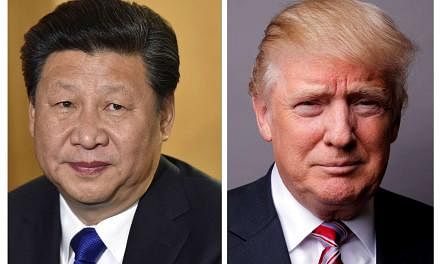All eyes will be on this week's maiden summit between US President Donald Trump and Chinese leader Xi Jinping at the former's Mar-a-Lago resort in Florida.
Can the brash Mr Trump - bereft of foreign policy experience - strike up a rapport with Beijing's cautious leader and make the meeting a success?
Here's a look at three other notable tête-à-têtes between the US and China's top leaders.
Barack Obama and Xi Jinping
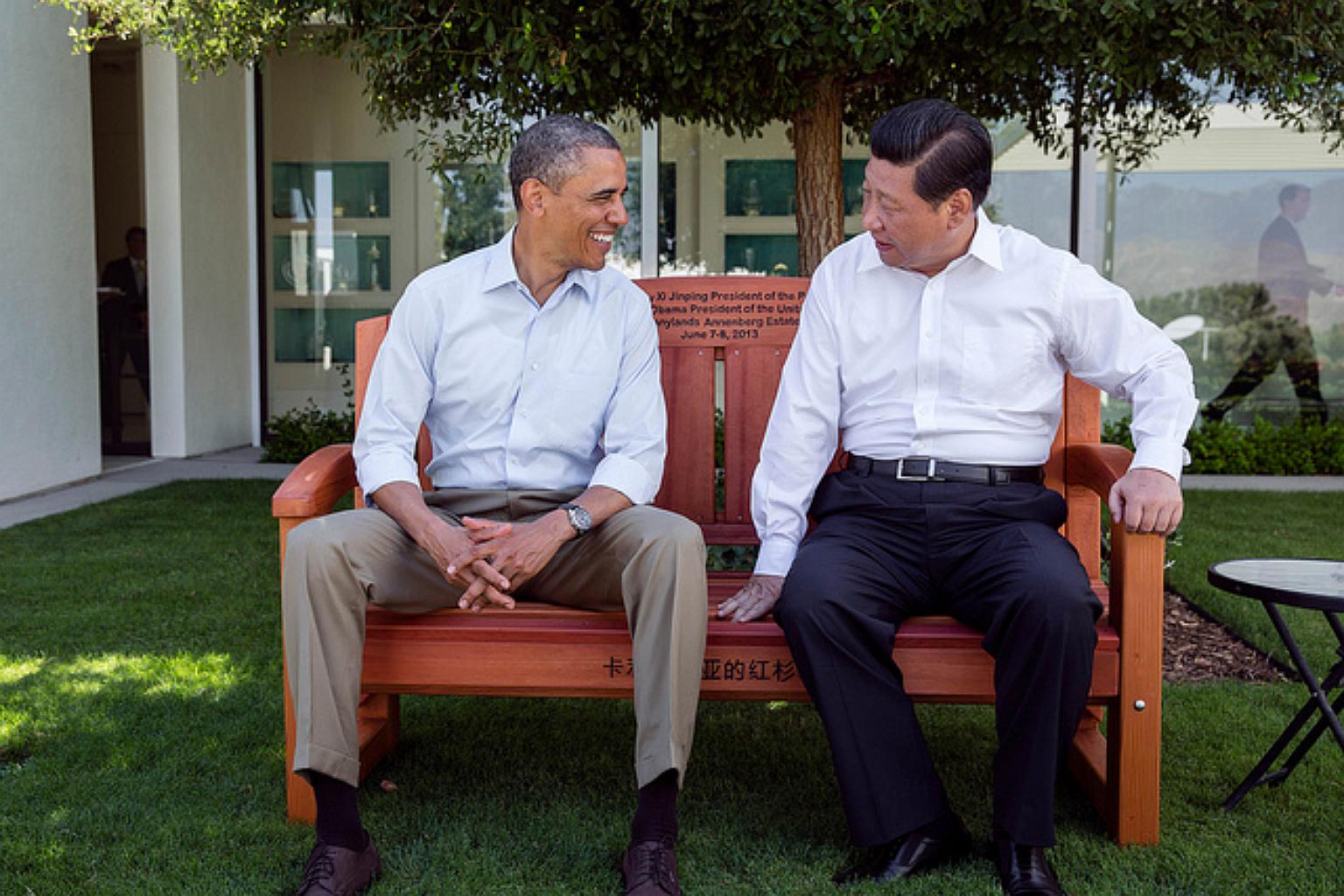
When: June 2013
Why it was important: The usual pomp and formal surroundings of a White House meeting were eschewed for the first face-to-face between Mr Obama and Mr Xi (who took office in March that year) at the lush Sunnylands estate in California from June 7-8.
The "no necktie" summit was intended to deepen the leaders' personal relationship and smooth relations, and was described by an analyst - speaking to the New York Times - as the "most important meeting between an American president and a Chinese leader in 40 years, since (Richard Nixon) and Mao (Zedong)".
Key issues discussed: Cybersecurity, climate change and North Korea's aggressive policies dominated the agenda.
How it was conducted: Over the two days, Mr Obama and Mr Xi convened for eight hours of meetings amid a backdrop of palm trees and manicured gardens, and ate meals - including an American barbecue of lobster tamales and porterhouse steak - prepared by celebrity chef Bobby Flay.
About 1,000 peaceful Vietnamese and Tibetan demonstrators, sporting yellow T-shirts, camped outside the resort to protest China's dismal record on human rights.
Both men started off with describing their respective vision for their countries - domestically and externally - and discussed how a positive US-China relationship could help fulfil each other's goals. They reportedly had the most agreement on North Korea and the strategic dangers posed by Pyongyang's nuclear ambitions.
Mr Obama later described his meetings with Mr Xi as "terrific", and the general consensus was that the summit had created a more effective platform for addressing the inherent issues US-China ties.
George W Bush and Hu Jintao
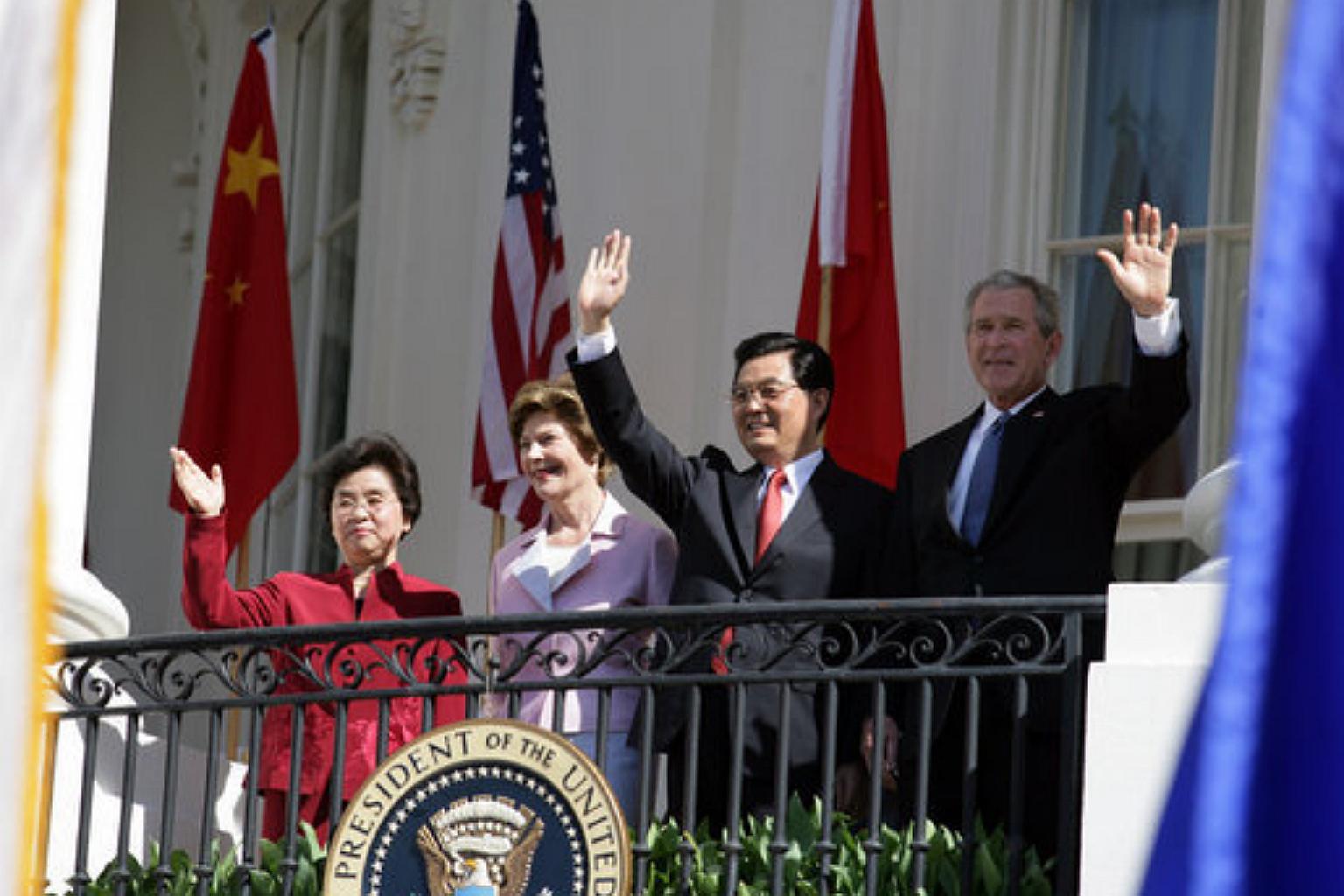
When: April 2006
Why it was important: The meeting between Mr Bush and Mr Hu (their first ever) on April 20 required more than a year of intensive diplomacy to arrange, and came on the back of a period when US-China ties had maintained a "momentum of development".
The Bush administration, which for the past year had been vocal in pressing China to play a leading role in foreign policy, was also hoping to convince the Chinese to shed their traditional neutrality.
The meeting took place at the tail-end of Mr Hu's four-day visit to the US.
Key issues discussed: Nuclear proliferation in North Korea and Iran, the Chinese currency's value and the US' $200 billion trade deficit with China in 2005.
How it was conducted: A carefully choreographed welcome ceremony for Mr Hu on the White House's South Lawn was marred by the heckling of a Falun Gong activist and a mix-up where the introduction of the national anthems referred to China as the "Republic of China" - the term used by Taiwan to describe itself.
Mr Bush later apologised to Mr Hu for the heckling.
A 90-minute meeting between the two men in the Oval Office followed, with Mr Bush and Mr Hu pledging closer cooperation on fighting nuclear proliferation and addressing the massive trade imbalance.
No new agreements were announced, however, and US media reported that little headway was made on a host of disputes, such as China's currency and Iran's nuclear ambitions.
Bill Clinton and Jiang Zemin

When: October 1997
Why it was important: Mr Jiang's eight-day visit to the US - the first by a Chinese leader since 1985 - came at a time when ties between the two countries were on the mend after the 1989 Tiananmen Square incident and the 1995 US trip by Taiwan President Lee Teng-hui. That trip sparked Chinese missile exercises in late 1995 and early 1996 and heightened tension between China and the US, which culminated in the deployment of American naval forces near the Taiwan Strait.
"Even if we don't see eye to eye on issues, we have to work together," Mr Jiang noted during the visit.
Key issues discussed: Strengthening of US-China relations, trade issues and critically, the question of human rights and whether China handled the 1989 Tiananmen Square student uprising in an appropriate manner.
How it was conducted: A largely unscripted 90-minute meeting in the White House's residential quarters on Oct 28, with Mr Clinton first giving his Chinese counterpart a short tour of the White House.
During the meeting, which a White House spokesman described as "very direct and substantive" (Mr Clinton served Mr Jiang orange juice and hors d'oeuvres), both leaders agreed to establish a round-the-clock telephone line between Washington and Beijing. They also touched on human rights, Taiwan, Tibet and engaged in a philosophical discussion about the evolution of liberty in the US.
They met again the next morning for 30 minutes in the Oval Office, where they agreed to keep sending food aid to North Korea, discussed regional stability in East Asia and Mr Clinton brought up the importance of a secure future for Hong Kong due to the onset of the Asian financial crisis that year.
At the joint news conference that followed, Mr Clinton reiterated the US' commitment to the "one China" policy. Among his announcements included a pact to strengthen contacts between both countries' militaries, a pledge to bring China into the World Trade Organisation "as soon as possible" and the go-ahead for an agreement for cooperation concerning the peaceful uses of nuclear energy.

